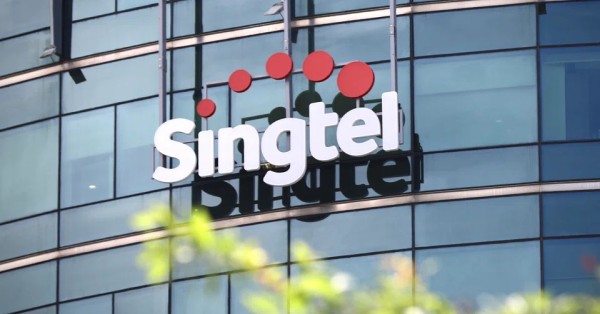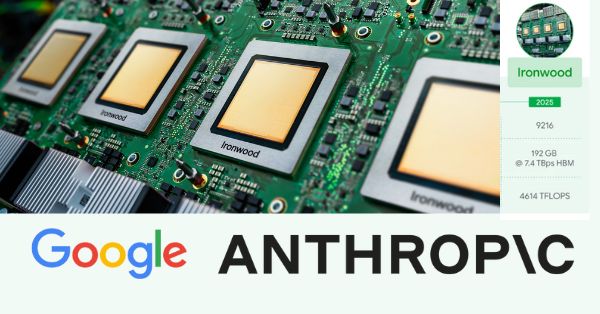Question:
Could you share how this private 5G network contributes to the port’s sustainability goals or supports future digital initiatives such as autonomous vehicles and AI-driven logistics?
Karlis Vilciņš (Head of Systems Integration Business, LMT):
Yes, this is a very important point. We often say that a private 5G network represents a baseline or hygiene level requirement for these types of advanced operations — such as automated guided vehicles (AGVs) and other forms of industrial automation.
Even if we are currently talking about customers that are not Tier 1 ports, but rather Tier 2 or Tier 3, it’s still essential to have robust, high-quality connectivity in place to enable future innovations. Even if the full business model for automation and AI-driven logistics isn’t yet mature, the network foundation must exist to make those capabilities possible down the line.
Looking at key performance indicators (KPIs) from Baltic Container Terminal (BCT), it’s still a bit early to evaluate annual results since the books for this year are not yet closed. However, from discussions with the customer, we’ve already observed notable improvements:
-
Reduced downtime for reach stackers
-
Faster loading and unloading operations
-
Quicker data transfers from cranes to the central database
So, the private 5G network is already having a direct operational impact today — improving efficiency and reducing idle time. At the same time, it’s laying the groundwork for future technologies, including automation, robotics, and autonomous vehicles.
The infrastructure is now in place; the next step is simply a business decision — when the port decides it’s ready to activate and scale those advanced use cases.

























































